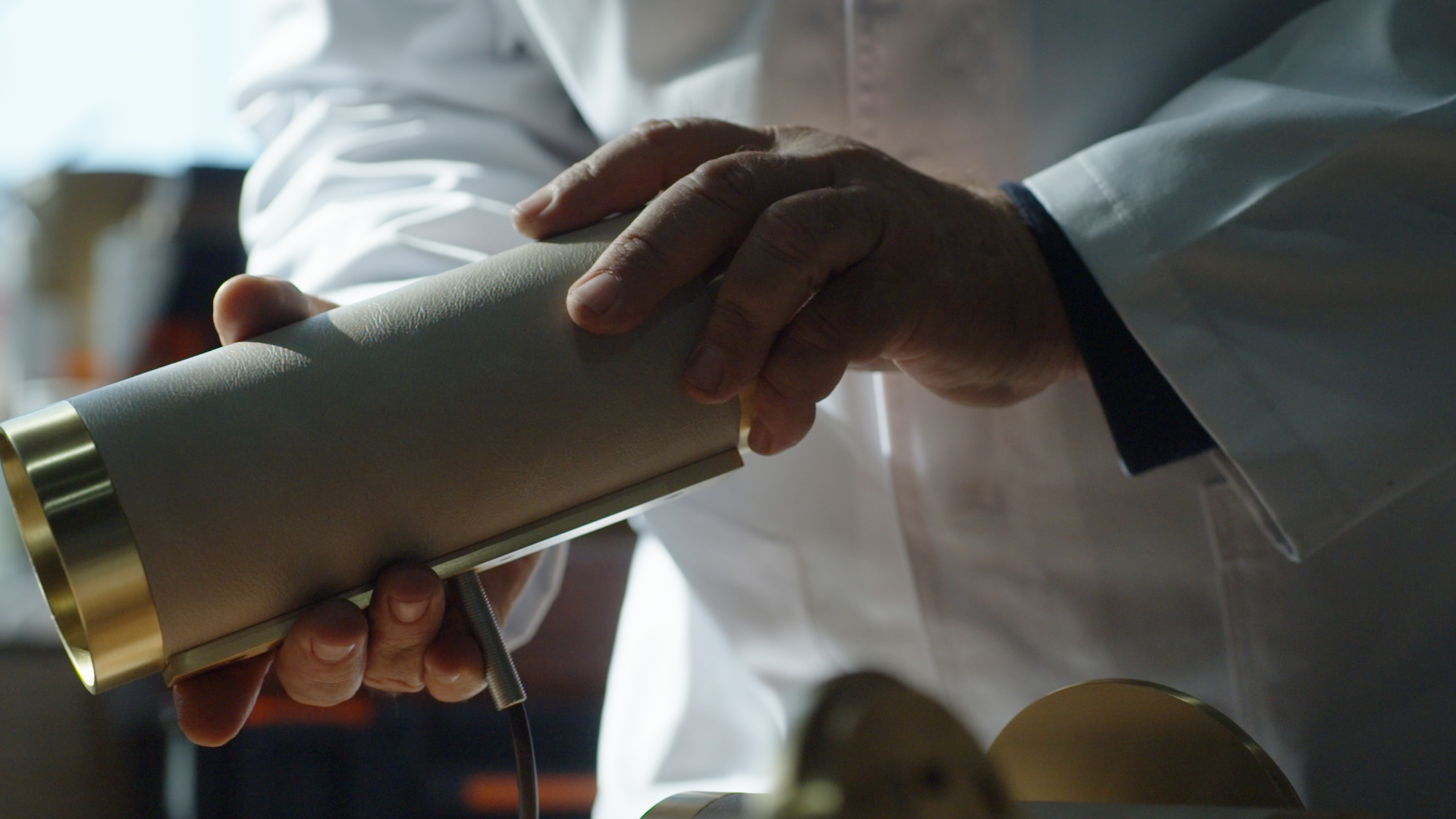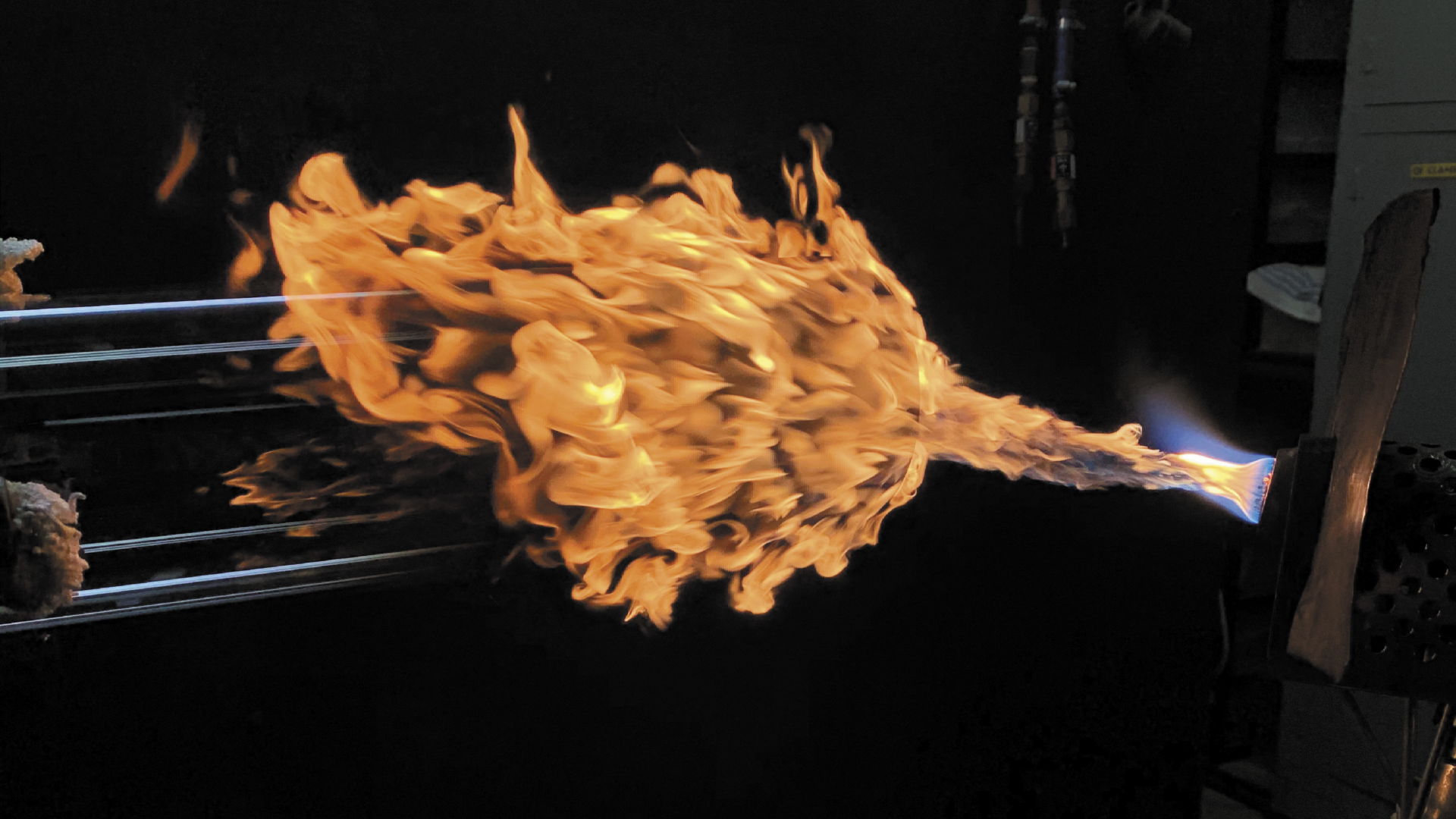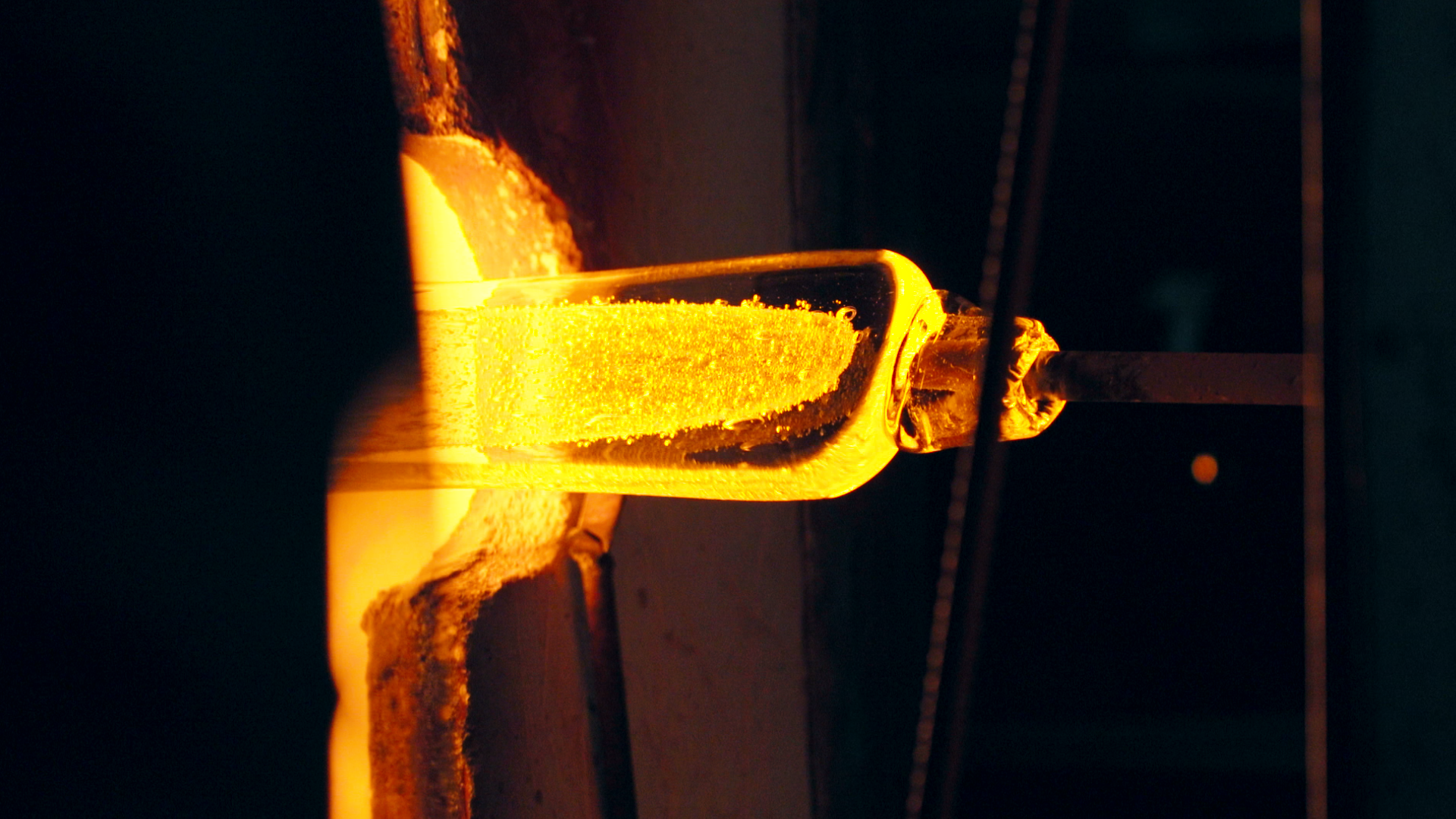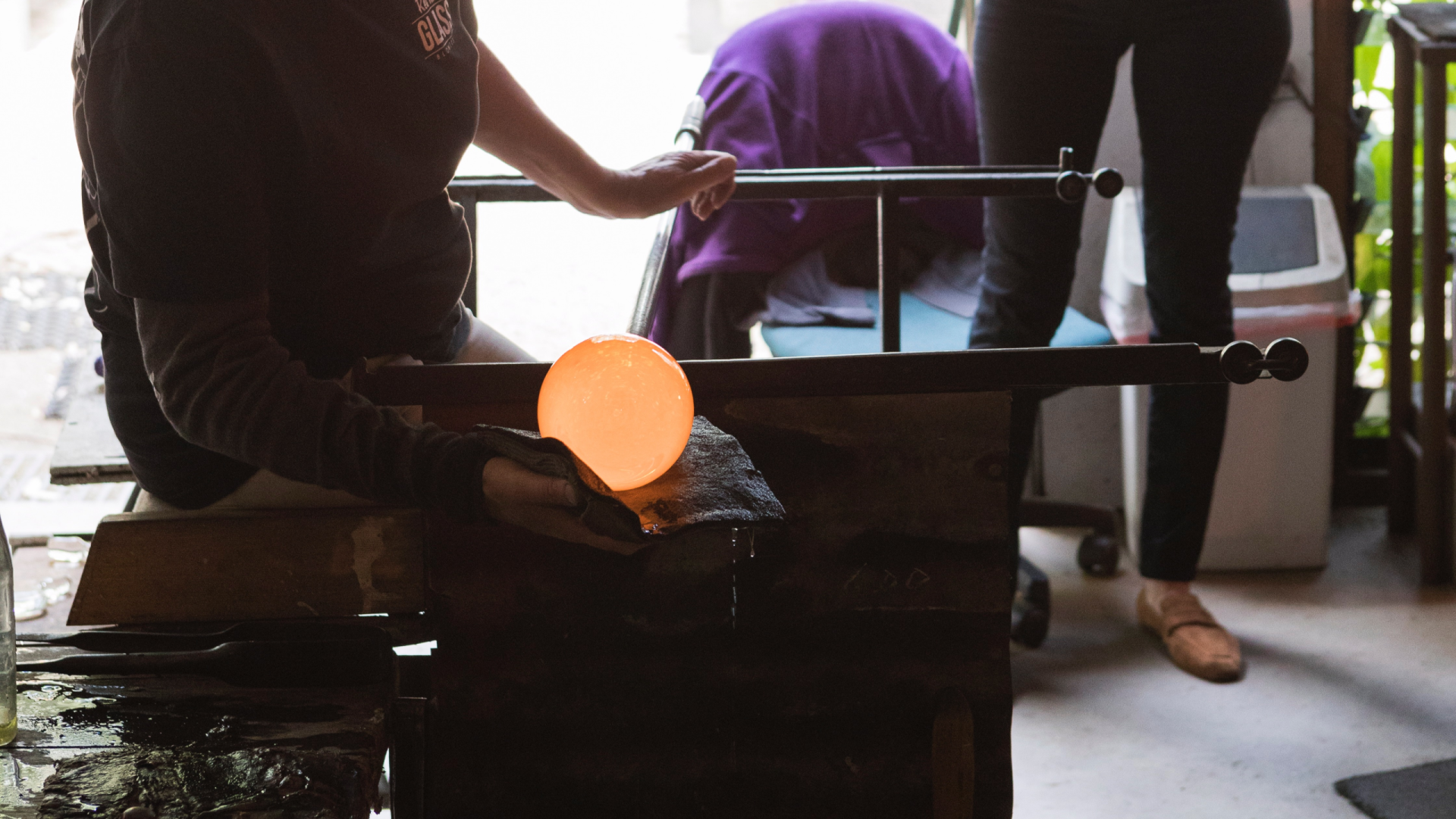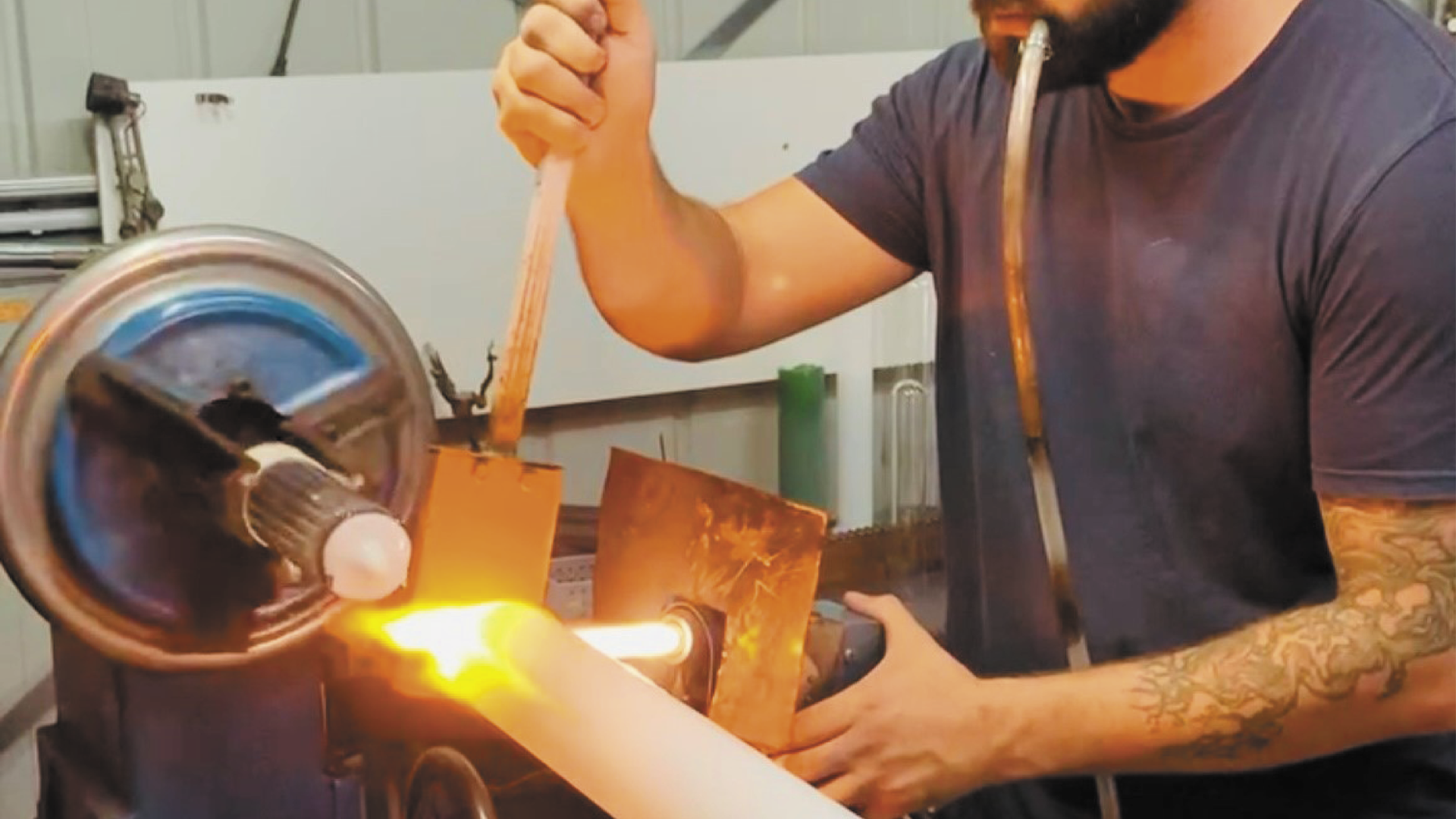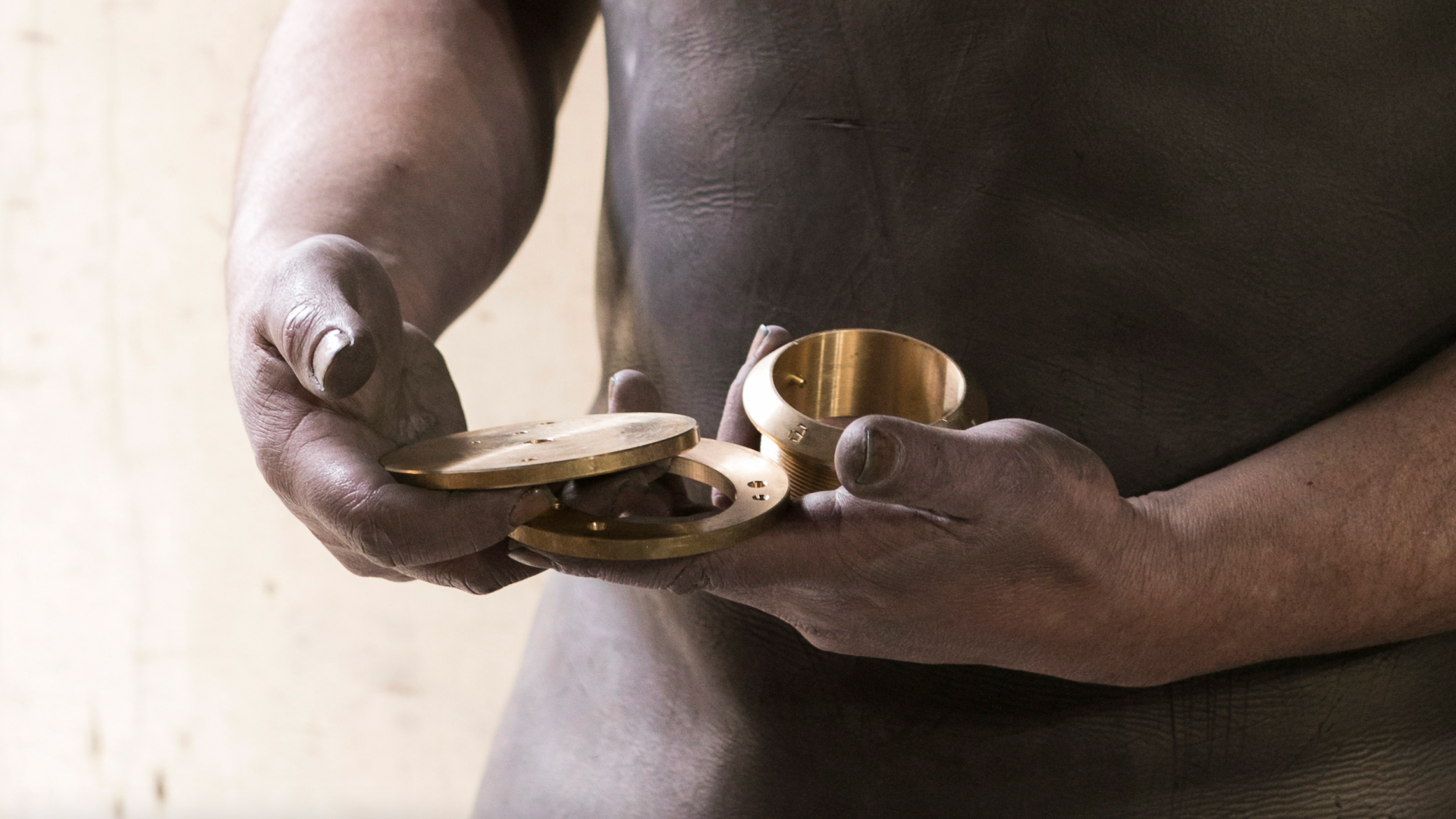Tickets
Dates
9:00 am – 5:00 pm
9:00 am – 5:00 pm
9:00 am – 5:00 pm
9:00 am – 5:00 pm
9:00 am – 5:00 pm
9:00 am – 5:00 pm
Venue
Articolo invites you to enjoy an evening hosted by Suzy Annetta, founding editor in chief of Design Anthology Magazine and a panel of celebrated artisans where we will be discussing the importance and opportunity for designers and the wider industry to invest in artisanal craft and local industry.
Nicci Green Founder and Creative Director will be joined at the studio’s Richmond showroom by a panel of local craftspeople in fields such as of glassblowing, woodwork and textile. These exceptionally talented makers produce Articolo’s Australian made lighting and furniture.
An evening of storytelling and exploring the fascinating artisanal journeys of some of Articolo’s cherished artisans.
Participants
Suzy Annetta, founding editor in chief of Design Anthology magazine, is a Melbourne-trained interior designer who worked for a number of award-winning firms before founding her own studio. Design Anthology was launched in early 2014 to a strong following that continues to grow internationally. A quarterly, Design Anthology is published independently and is the only design magazine available across the Asia region to focus on a curated selection of high-end projects in the region or by Asian designers internationally. A European edition of the magazine launched in 2018, followed by an Australian edition in late 2019.
Inspired by a desire to explore and perpetuate ‘the art of light’, Nicci Green is a designer driven by intuition, with a process that embodies an innate sense of unrestrained freedom. The evocative nature of light and the forms it takes interplay with Nicci’s imagination, personal memories and everyday experiences resulting in work that is a tangible yet visceral expression of her true self.
Her fascination with the shadow play of light and the inherent soul that is revealed within each mouth-blown piece, is manifested through artisanal craftsmanship and is present in each piece she creates. She works with artisans from around the globe who share her reverence for the individuality of materials, to create collections that are organic in form with a nuanced balance.
Her non-traditional design career spans more than 25 years with a defining moment in 2012 when she established Articolo. Since then, she has cultivated light, believing in its beauty and the role it plays in shaping mood and moment. Green’s distinctive designs transcend the everyday and are specified globally in leading luxury hotels, restaurants, and high-end private residential projects.
Born in Norway to Scottish parents who are both skilled glass engravers, Eileen completed her training in England, then emigrated to Australia in 1980. After many years developing her skills and working in glass studios around Australia and overseas, Eileen Gordon established the Gordon Studio with her partner Grant Donaldson in 1990 and has gone on to become one of Australia’s foremost glassblowers. Eileen’s elegant vessels are a radiant record of the colour and light she finds in the Australian landscape.
”My passion for colour and form is greatly inspired by the environment of the Mornington Peninsula – the surrounding ocean, its sunrises and fabulous sunsets.”
Trained as a Scientific Glassblower on the Sunshine Coast in Queensland, Australia, Cain Lambourn always believed the laboratory glassware manufacturing process had a place in design.
Since 2017 Formation Glass has been committed to manufacturing high quality glass componentry to some of Australia’s leading lighting designers, successfully complimenting lighting designs installed around the world.
“I am passionate about continuing to offer Australian designers local manufacturing capabilities that are of a world class standard” Cain Lambourn – Director, Formation Glass
Paul Biancini formally trained with the Guild in France.
The Compagnons du Devoir is a secretive brotherhood of craftsmen set up in the Middle Ages.
Based in France, the Compagnons du Devoir are among the world’s best craftspeople, trained over the years in a long process with rituals, secretive practices, and devotion to their trades. The trades usually fall into five groups depending on their principal material: wood, stone, textiles & leather, metal, and food.
The Tour de France is one of the key pillars of the Compagnons du Devoir’s training. In a direct link back to the early days of journeymen masons and carpenters and the cathedral-builders of the past, the apprentices go on a Tour de France over several years and travel the country picking up new techniques and perfecting their skills under a new masters spending over six months to a year at each placement.
In 1984, the Compagnons du Devoir gave the Statue of Liberty a new torch. In 1990, they helped to fix the majestic hurricane-damaged mansions of Charleston, South Carolina. And now, all the eyes are on them to rebuild the roof’s magnificent frame in Notre Dame de Paris. Nicknamed ‘the forest’ – a structure made entirely of oak – rebuilding this roof like in Medieval Times is a big challenge.
Paul will share memories and moments from his training with Guild.
Emma Davies is an experienced and highly regarded Melbourne based artist. She is known for creating beautiful artworks, with her signature style, that celebrate texture, colour and form.
Emma has been working with polypropylene for many years, moulding, cutting, heating and weaving objects that resemble common domestic ware, and yet are sculptural and non-functional in their intent. In this way Davies is able to subvert and challenge our perceptions of what constitutes a vessel, experimenting with form and materiality. While her works are grounded in traditional craft making practices, they are entirely contemporary in their outlook. As Davies contends,
“My process of discovery and invention is largely experimental. I satisfy my curiosity by working with contemporary materials and using unconventional methods to challenge the possibilities of each creation. My reward is in removing materials from common functionality such as packaging and being able to transform what is intrinsically ugly into something beautiful.”
